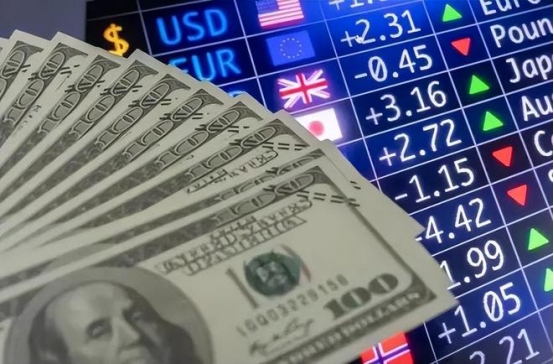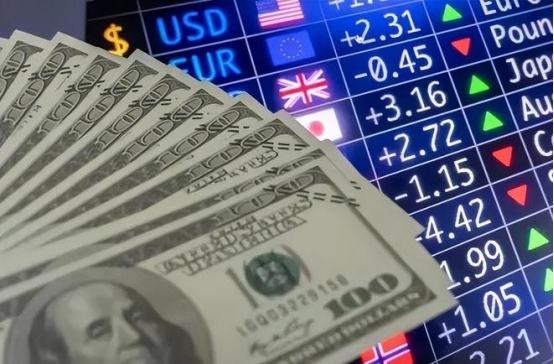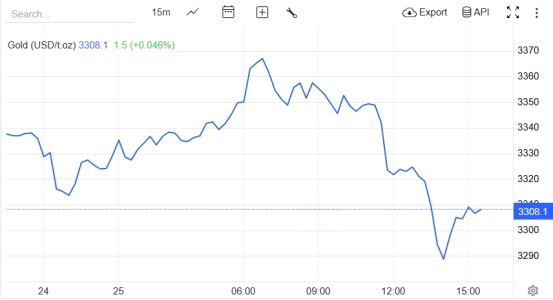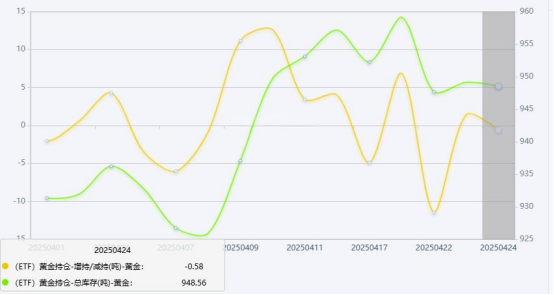From "the vanguard of interest rate hikes" to "policy bystanders": How do tariffs rewrite the Fed's interest rate cut script?
- 2025年4月28日
- Posted by: Macro Global Markets
- Category: News

From "the vanguard of interest rate hikes" to "policy bystanders": How do tariffs rewrite the Fed's interest rate cut script?


Tariff effects lag behind, and policy wait-and-see becomes consensus
Federal Reserve Board Governor Waller and Cleveland Fed President Hammack both stressed that the economic impact of the 104% tariffs imposed on China by the Trump administration on April 9 would not be felt until summer at the earliest, so "the possibility of an immediate policy shift is extremely low." Waller pointed out that tariffs may only cause "a one-time price increase", but shrinking consumption and declining employment will partially offset inflationary pressure, and "the final inflation increase may be lower than market expectations." This judgment is in subtle conflict with the New York Fed's forecast that "tariffs may push inflation to 4% in 2025", highlighting the Fed's cautious attitude towards the data.
Internal game: inflation priority vs growth concerns
In his speech on April 16, Powell made it clear that "without price stability, there can be no sustainable job market"5, implying that if inflation conflicts with employment goals, the Federal Reserve will give priority to controlling inflation. But Goldman Sachs warned that tariffs could cause US GDP growth to plummet to 0.5% and the unemployment rate to rise to 4.7%, forcing the Federal Reserve to swing between "hawkish wait-and-see" and "dovish easing." The minutes of the March FOMC meeting showed that officials' discussion on the risk of "stagflation" intensified, but most still advocated "waiting for clearer signals."
Political pressure and legal deadlock
Trump has recently repeatedly pressured the Federal Reserve to cut interest rates and even threatened to remove Powell, but on April 22 he changed his tone and said he had "no intention of firing" in an attempt to ease market turmoil. On the legal level, the Federal Reserve Act stipulates that the chairman can only be removed for "good cause," but the Humphrey case cited by Trump faces challenges in the Supreme Court. Wall Street warned that if the independence of the Federal Reserve is damaged, it could trigger a sell-off of US dollar assets and a crisis of confidence in fiat currencies.
2. Tariff War: The “Black Swan” of the Global Economy
Escalating trade frictions hit supply chains
After the United States imposed a 104% tariff on China, China quickly retaliated by raising tariffs on U.S. imports to 84%, and the European Union suspended its tariff retaliation against the United States for 90 days. This policy directly impacts the global supply chain, pushes up the cost of goods such as furniture and building materials, and exacerbates consumer financial pressure. Goldman Sachs pointed out that if the tariff war continues, US companies may lay off employees and the Federal Reserve may be forced to cut interest rates to protect the job market.
The characteristics of economic "stagflation" are prominent
U.S. existing home sales in March recorded the biggest drop since 2022, but house prices rose 2.7% year-on-year, showing a signal of stagflation of "shrinking volume and rising prices." At the same time, durable goods orders soared 9.2% month-on-month in March. The short-term recovery in manufacturing and weak consumption coexist, further complicating the Fed's decision-making.
The Credit Crack of the US Dollar and the Acceleration of De-Dollarization
Trump's tariff policy has caused the US dollar index to depreciate by nearly 10% this year. Global central banks have increased their gold holdings for 18 consecutive months, and the reserves of the People's Bank of China have reached 2,268 tons. Goldman Sachs believes that the US dollar is still overvalued by 20% and trade protectionism will weaken the excess performance of the US economy and be bearish for the US dollar in the long run.
3. Gold market: a "double-edged sword" under the game between long and short positions
Fund movement: Risk aversion and speculation diverge
The holdings of the world's largest gold ETF, SPDR Gold Trust, increased to 948.56 tons. The Shanghai Gold ETF had a net inflow of 169 million yuan in the past seven days, showing the preference of institutional and individual investors for safe-haven assets. However, long positions in COMEX gold futures have decreased, and short-term profit-taking pressure still exists.

Goldman Sachs maintained its year-end gold price target of $3,700, emphasizing the long-term support of central bank gold purchases and U.S. dollar credit risk; UBS believes that if geopolitical risks ease, gold prices may fall to $3,200.
The Federal Reserve is currently caught in a dilemma between "tariffs pushing up inflation" and "slowing economic growth", and Trump's political pressure further exacerbates policy uncertainty. As a "de-dollarization" tool and an anti-inflation asset, gold highlights its investment value amid stagflation risks and geopolitical turmoil. In the medium and long term, the trend of US dollar credit contraction and central bank gold purchases has not changed. The "de-dollarization" of gold is still the core support, and a pullback is an opportunity for layout.
